
Apparently, my last article put some people on the defensive when I pointed out that they don’t live in the greenest city in the country. Fear not! With a few simple steps outlined below, you could do your part to help boost your rankings for next year.
What does it mean to “Go Green”
Unfortunately, “Going Green” by definition is very elusive. This article will not certify you for any type of green credentialing. If you just want to “Go Green” in order to gain more business, you’re missing the bigger picture. I am simply encouraging you to try to do what you can.
It’s so easy
There are a few things you can do that will help to make a big step in the right direction.
- Use ALL of your paper. Since so much of your business has moved online, you are probably still using paper to write notes on. As techie as I am and as much as I love email, I still write notes on actual paper. Use the back, use the margins, write in between notes you’ve previously written. Working for a title company, I see how much waste is created in this industry (we still don’t print double sided). According to RISMedia, “It is estimated you can save 20% on paper by everyone following these simple rules. This can save $70 per employee, per year or $7000 in just a 100 employee office! An employee in a typical business generates 1.5 pounds of waste paper per day, most of which is NOT recycled.”
- Turn off lights. Depending on the type of bulb determines when you should turn it off. My office faces west, but I honestly get enough light through the windows that I don’t need to even turn on my lights. My coworkers think I either forgot to turn them on or I’m simply not there, but when I tell them I’m saving power, they at least think about it.
- Work from home. I know many of you pay desk fees so you want to get your money’s worth, but working from home saves significantly on mileage which in turn impacts emissions.
- Change some bulbs. I still talk to people who think the compact fluorescent lights (CFL) provide an inferior light. My parents used to joke that I wanted to house to look like an operating room, so I love lots of great light. I have changed all of my bulbs (I’ll admit, except for the dimmable ones) with CFL’s. They’re cheap now. Costco has them for great prices. They don’t go out nearly as often as incandescents. Dimmable ones are now available, I just can’t find them anywhere on me. When I’m done here, I’m going to order some online. According to Energy Star, “If every American home replaced just one light bulb with an ENERGY STAR qualified bulb, we would save enough energy to light more than 3 million homes for a year, more than $600 million in annual energy costs, and prevent greenhouse gases equivalent to the emissions of more than 800,000 cars.”
- Turn off your computer and accessories. If you leave everything on 24/7, you are spending an average of $138 per year per computer. Your peripherals are still drawing power even though they are in standby. Consider the Smart Strip (Oprah even recommends them), which uses your computer as the “command appliance” and when it turns off, it completely shuts down power to your peripherals as well. They pay for themselves within about 4-6 months in most cases. Check Amazon, since they are frequently out of stock from the manufacturer after the Oprah endorsement.
- Buy Energy Star. The next office mini-fridge, printer or computer should be Energy Star. I’m not saying you should replace every single product you have, but when it’s time, spend the time to look up which products are best since they will pay for themselves in the long run. The Energy Star site will even tell you how much more efficient one product is compared to the next.
Little steps. None of these are expensive or difficult or dramatically life changing, but they all help. For those of you who are doing it, thank you. If you have more ideas, please feel free to share them in the comments.
Nick runs a new media marketing consulting company helping real estate professionals learn how to implement new media tools into their marketing arsenal. He frequently gives presentations on generational marketing, green marketing and advanced online promotion. Nick is active on LinkedIn, Facebook and Twitter.






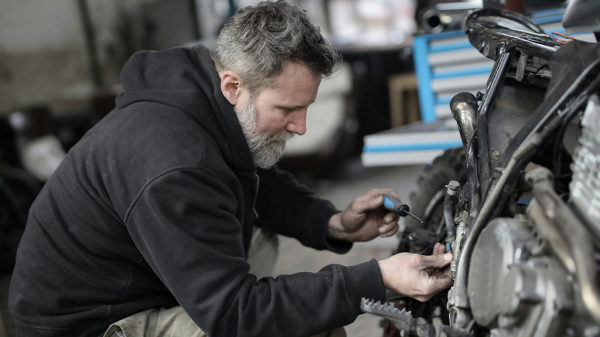



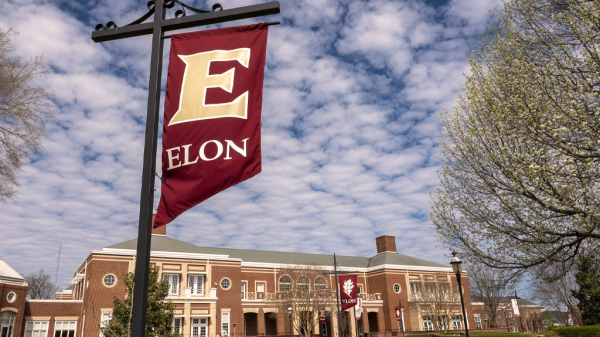










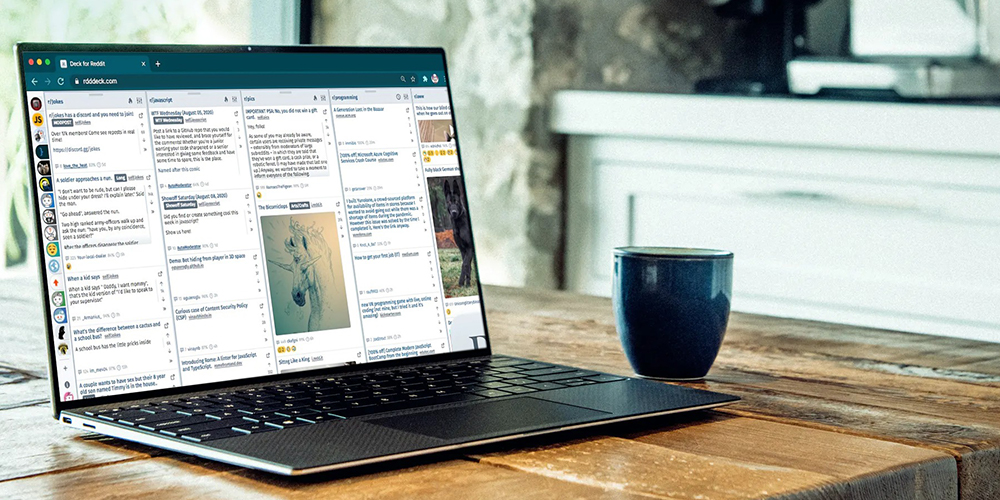






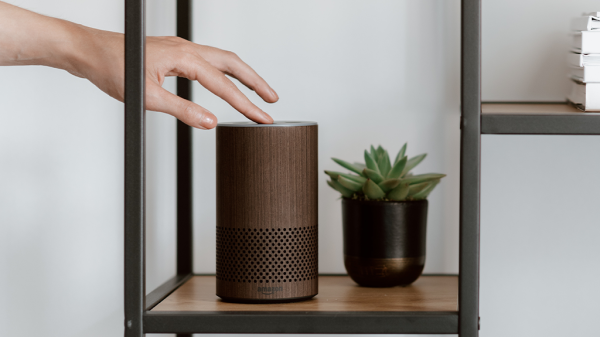

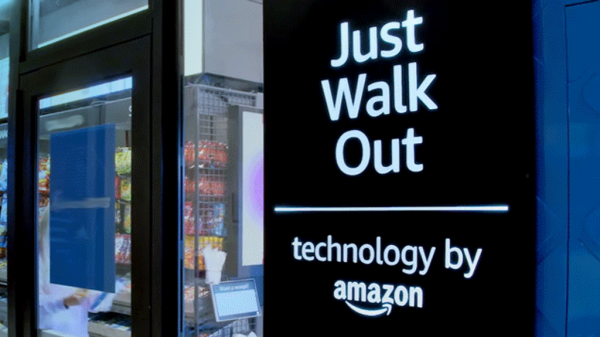






Jim Duncan
February 22, 2008 at 2:11 pm
Amen.
I actually just got back from recycling and buying a few CFL replacement bulbs. One of the best posts I have ever seen is this post by Seth Godin because of its simplicity and for how it resonated with me then and still does today.
Read the whole thing.
Brad Coy
February 22, 2008 at 2:28 pm
Great post Nick. If your taking a look at going “Green” in your office and home, also take a look at furthering your education in RE with EcoBroker.com. They have set up a great curriculum that you and your clients can benefit from.
Nick
February 22, 2008 at 2:30 pm
I keep that Godin post bookmarked, it’s a great one. I tried to stay clear of car recommendations because people get very heated about that one around here. But, if you’re open minded, consider a hybrid for your next car too 🙂 The Camry Hybrid does great for a sedan and the Highlander or Ford options are decent for those of you who need something larger. Even if the mileage isn’t significantly better, the emissions are.
Colorado Mortgage Broker
February 22, 2008 at 10:56 pm
Thoughtful post, and there is no issue more important than the environment. A few years ago, I didn’t care. Now I care, and it is because of informative articles like this. I’ve been hot on https://www.catalogchoice.org/ as of late, to save paper by opting out of catalogs I don’t want and will never buy from. My wife and I have tested our limits by sharing a car. It forces us to walk more, and even though it is a bit of a hassle at times, it’s working out.
Jeremy Hart
February 25, 2008 at 4:42 pm
Thanks, Nick!
Nick
February 25, 2008 at 7:26 pm
For those of you who are interested in “greening” your car, here’s the 2008 list of Greenest (and Meanest) cars.
Colorado Mortgage Broker
February 25, 2008 at 10:10 pm
“Who Killed the Electric Car?” is a documentary definitely worth watching. I would love to see Congress pass a law requiring 10% of cars be zero emissions by a certain year. I am also glad to see the Asian auto makers moving forward in this area. Hopefully, the demand will continue to grow.
Jon Boyd Ann Arbor real estate Exclusive Buyer's Agent
March 28, 2009 at 7:51 pm
Why did nobody mention the vegetarian lifestyle? It is dramatically better for the environment.
I actually did a rough calculation based on an article I saw that showed that when I drive my two vegetarian daughters and myself in my 14 MPG Landrover I am having less environmental impact than my friend driving two omnivores in his Prius.
Strange but true!
Marilyn Wilson
September 27, 2009 at 3:57 pm
Great post. If you would like some other thoughts about go green strategies specifically for real estate you can download our WAV Group white paper called Make More Green by Going Green at
https://waves.wavgroup.com/greenrealestateoperation
We tried to provide simple, tangible and affordable ways to reduce your environmental impact while using your greenness to grown your business at the same time.
Happy greening